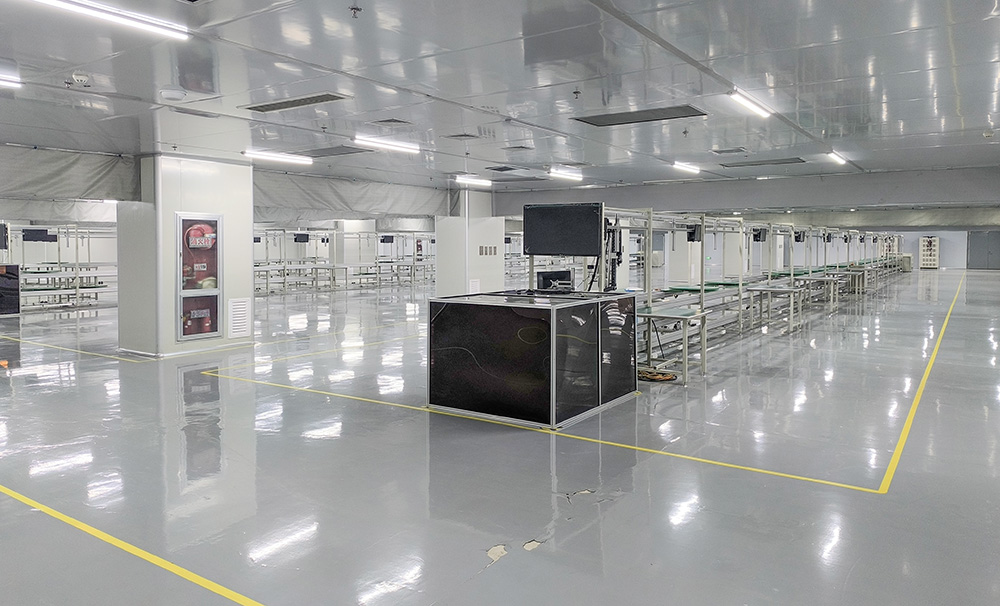
What equipment is required for battery pack
The battery pack requires the following equipment:
1、 Welding equipment
Laser welding machine
Function: Used to connect conductive connectors between battery cells, such as nickel sheets, and to weld battery packs to protective plates and other components. Laser welding has the advantages of fast welding speed, small heat affected zone, and high welding strength, which can ensure the reliability of battery pack connection.
Parameters: The power generally ranges from several hundred watts to several thousand watts, and can be selected according to the welding material and thickness. The welding accuracy is usually in the tens of micrometers range, which can meet the requirements of high-precision welding for battery packs.
mash welder
Function: Mainly used for welding battery terminals and connecting pieces. Spot welding machines are easy to operate, have high welding efficiency, and are suitable for large-scale production.
Parameters: The output current is generally between several thousand amperes and tens of thousands of amperes, and the welding time can be adjusted in milliseconds.
2、 Testing equipment
Battery internal resistance tester
Function: Measure the internal resistance of individual batteries in the battery pack. Internal resistance is one of the important indicators for measuring battery performance, and excessive internal resistance may lead to problems such as battery heating and capacity reduction. By using an internal resistance tester, batteries with abnormal internal resistance can be detected in a timely manner, ensuring the performance and safety of the battery pack.
Parameters: The measurement range is usually from a few milliohms to several hundred milliohms, with an accuracy of 0.1 milliohms or even higher.
Battery Capacity Tester
Function: Conduct charge and discharge tests on battery packs to determine their actual capacity. This is crucial for ensuring the battery pack's endurance and performance.
Parameters: The voltage measurement range is generally from a few volts to tens of volts, and the current measurement range varies depending on different devices, ranging from a few amperes to several hundred amperes. The accuracy of capacity measurement is usually within 1%.
Insulation voltage tester
Function: To test the insulation performance and voltage resistance of battery packs. Ensure that the battery pack does not experience safety issues such as leakage or short circuit during use.
Parameters: The withstand voltage test voltage can be set according to different application scenarios, generally ranging from several hundred volts to several thousand volts. The measurement range of insulation resistance is usually several hundred kiloohms to several megaohms.
3、 Charging and discharging equipment
Battery Charge and Discharge Tester
Function: Conduct charge discharge cycle testing on battery packs to evaluate their performance indicators such as cycle life and charge discharge efficiency. At the same time, it can also be used for processes such as battery pack formation and capacity calibration.
Parameters: The voltage output range usually matches the rated voltage of the battery pack, and the current output range can range from a few amperes to several hundred amperes according to different testing requirements. Equipped with high-precision voltage and current measurement functions, the accuracy can reach 0.1% or even higher.
Fast charging device (optional)
Function: If the battery pack needs to support fast charging function, specialized fast charging equipment may be required for testing and verification.
Parameters: The output power of fast charging devices is generally large, reaching tens of kilowatts or even higher. The charging voltage and current can be adjusted according to different fast charging protocols.
4、 Assembly equipment
Automated production line (optional)
Function: For large-scale battery pack enterprises, automated production lines can improve production efficiency and ensure consistency in product quality. Automated production lines typically include automated equipment for multiple processes such as battery sorting, welding, assembly, and testing.
Parameters: The production speed can be adjusted according to different production line configurations and requirements, and can generally produce tens to hundreds of battery packs per hour.
Fixtures and fixtures
Function: During the assembly process of battery packs, fixtures are used to secure battery cells and other components, ensuring assembly accuracy and stability.
Parameters: The size and shape of the fixture should be designed according to the specifications of the battery pack, with sufficient strength and accuracy to ensure reliability during the assembly process.
5、 Other auxiliary equipment
Temperature sensors and monitoring equipment
Function: Real time monitoring of battery temperature changes during the charging and discharging process of the battery pack. Excessive temperature may lead to decreased battery performance and increased safety risks. By using temperature sensors and monitoring devices, abnormal temperature conditions can be detected in a timely manner and corresponding measures can be taken.
Parameters: The temperature measurement range is generally from -40 ℃ to+125 ℃, with an accuracy of ± 0.5 ℃ or even higher.
Protective board tester
Function: Used to test whether the protective board in the battery pack is functioning properly. The protection board is an important component of the battery pack, responsible for overcharge, overdischarge, overcurrent, short circuit and other protection functions.
Parameters: Can simulate various abnormal situations, such as overcharge voltage, overdischarge voltage, overcurrent, etc., to detect the response time and protection effect of the protection board.
Label printer
Function: Print identification labels for battery packs, including product model, specifications, production date, serial number, and other information. Facilitating product traceability and management.
Parameters: The printing resolution is generally above 200dpi and can print labels of different sizes and materials.




